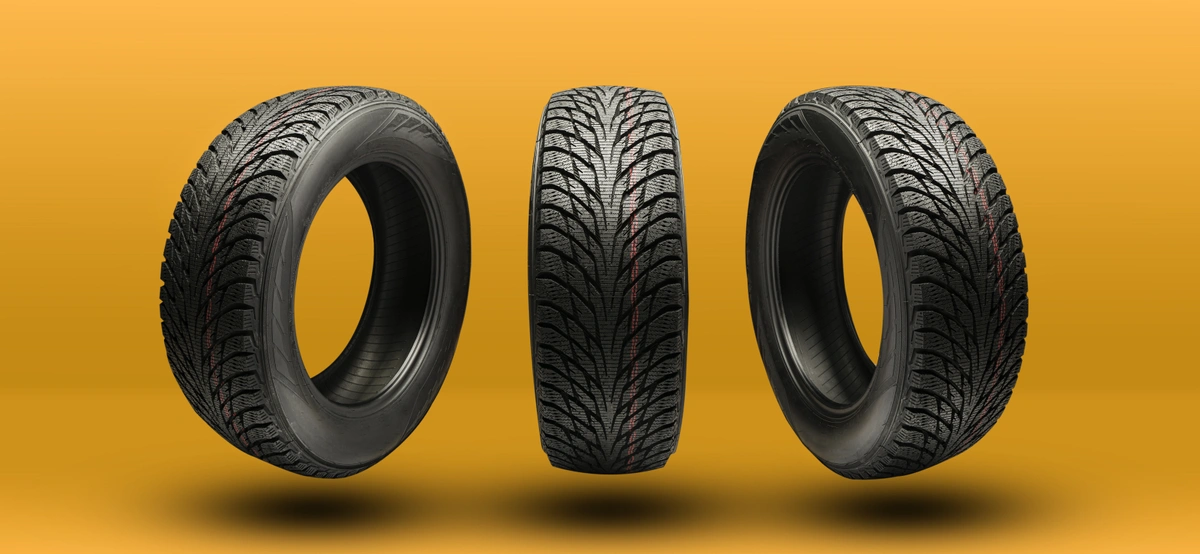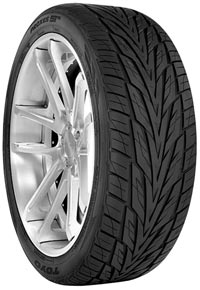Your Shopping Cart
Your cart is empty.
Subtotal ( items)
Instant Rebate Applied:
Promo Code Applied: ID.me Discount Applied:
Have a Promo Code?
Size:
Item
Item
Selected for:
/ each
Add-Ons
Wireless air pump capable of pumping up to 150 psi with 2000 MAH power bank.



Fully protect your clothes and vehicle interior during transportation of your tires. For Tires up to 31" tall and wheels up to 22".
Per sensor
Add TPMS Sensors
/per sensor
Please confirm the make, year, model and trim of the vehicle you want to purchase for:
How many sensors do you need?
The vehicle you have selected is not compatible with aftermarket TPMS Sensors.
Enter a different vehicle to add TPMS sensors

 Front Tire Size:
Front Tire Size:
 Rear Tire Size:
Rear Tire Size:
 Your Vehicle:
Your Vehicle:
Pros & Cons of Staggered Fitment

Attractive Design

Improved Handling

Improved Cornering
Bumpier Ride
Poor Traction in Snow
How do I find my tire size?



Need help?
 Your Vehicle:
Your Vehicle:
Pros & Cons of Staggered Fitment

Attractive Design

Improved Handling

Improved Cornering
Bumpier Ride
Poor Traction in Snow
How do I find my tire size?



Need help?
Pros & Cons of Staggered Fitment

Attractive Design

Improved Handling

Improved Cornering
Bumpier Ride
Poor Traction in Snow
Need help?
Need help?
How do I know if I have an LT tire?

 Your Vehicle:
Your Vehicle:
Sorry, we could not find any available
wheels for your sizing selections.
Need help?
What Are Directional Tires?
By Tire Agent Staff
September 30, 2022

3 Types of Tread Patterns
You might be thinking, aren't all tires directional? The short answer is no.
There are three primary tire tread patterns: Asymmetrical, symmetrical and directional. If you're not up close and personal with a tire, each tread pattern might look the same. In reality, they couldn't be more different. Let's compare the tread patterns.
Asymmetrical tires
Different tread patterns can be found on asymmetrical tires' inner and outer tread areas. For example, half of the tire may have a directional pattern, while the other half is more symmetrical.
Tread patterns on asymmetrical tires are developed to help with water removal, grip and traction. Similar to directional tires, asymmetrical models must be mounted with a specific side facing out, usually marked on the side of the tire.
Symmetrical tires
Symmetrical is the most common tire tread pattern. These tires have the same tread pattern on the inside and outside tread blocks. They do not have to be mounted in a specific direction, making tire rotations simpler than directional tires.
Directional tires
The tread pattern of directional tires is distinct and made to rotate in only one direction. Of course, this doesn't mean they can't be driven in reverse. Instead, directional refers to the direction these tires must be mounted in relation to the vehicle. These tires are typically built for high-performance cars.
So, what is the advantage of getting directional tires? There are two main benefits: High-speed handling and water evacuation.
Directional tires' tread design is ideal for maintaining optimal road contact in wet driving conditions. The unique tread pattern helps avoid hydroplaning if you're in down-pouring rain.
They also offer exceptional handling and traction in dry conditions. They're designed for maximum road contact, which leads to better cornering and grip and can handle better than other tires, such as all-season models.
Fast Facts About Directional Tires
How can you tell if you have directional tires? The treads are symmetrical and come to a V-shape in the center.
Which way do directional tires go? Directional tires come with an arrow pointing toward the front of the vehicle. This is the direction that the tires should be installed.
How to tell if tires are directional: If you have an arrow on the side of your tire that points to the front, then you have directional tires. Also, if you notice a pattern similar to the one pictured here
Identifying directional tires
It can be challenging to identify directional tires by eye. Here's what to look for: Most directional tires have a solid center rib, increasing rigidity for high-speed stability. The tread pattern's lateral channels are also V-shaped and point downward. The best way to know is to speak with a tire professional.
Is it Possible to Put Directional Tires on Backwards?
Directional tires must be mounted on the vehicle facing the intended direction. Tires with asymmetrical and symmetrical patterns don't require a specific direction when installed. But installing directional tires incorrectly will diminish the tires' benefits and cause them to wear down quicker than the manufacturer intended.
NOTE: Asymmetrical tires have an inside and outside face, which means they must also be mounted correctly onto the wheels. When correctly mounted on the wheel, it's OK to install them facing any direction on the automobile.
How to Rotate Directional Tires
Because directional tires are designed only to face one direction, they can't be rotated like asymmetrical or symmetrical tires. A tire rotation typically consists of moving the front wheels to the rear and the rear wheels to the front. Tires must be rotated using different techniques on a vehicle with directional tires.
Typically, directional tires can be rotated front to back on the same side, so they're installed facing the same direction. But if there is uneven wear or the tires and wheels are staggered sizes, it's best to remove the tires from the wheels and remount them in the proper direction. The rotation process can take more time with directional tires than with symmetrical or asymmetrical.
Speak with a tire pro to determine if directional tires are right for you.
Photo 196131750 / Car  vladimir razgulyaev | Dreamstime.com
vladimir razgulyaev | Dreamstime.com
How to Qualify for the $50 Offer
- Add items to your cart and begin checkout.
- Select PayPair and apply for financing.
- If you’re approved by a participating lender, you’ll see a $50 promotional rebate applied to your order total.
-
To receive the $50, you must:
- Complete your purchase with a qualifying lender,
- Agree to the payment terms,
- And make the required number of consecutive on-time payments, as specified by the lender.
Note: Offer available only through select lenders. Additional eligibility requirements and conditions apply. Rebate may be issued after verification of qualifying payment activity. Terms subject to change.
How to Purchase Tires and Wheels
With a Payment Plan
Tire Agent's payment plans make it easy to get the best partial or full set of tires and wheels for your vehicle.
It's fast, secure and won't affect your credit score
Match with multiple lenders
Why Choose PayPair?
PayPair’s Partners and Plans

No Money Down

No Money Down

No Credit Needed*

No Money Down

$1 to Start!*

No Money Down

No Credit Needed*

$1 to Start!*

No Money Down
Other Payment Plans

$0 to Little Down

Pay with your bank account

Simplified checkout experience

Faster and easier than using cards or cash

Simplified checkout experience

Faster and easier than using cards or cash
*SNAP: The advertised service is a lease-to-own agreement provided by Snap RTO LLC. Lease-to-own financing is not available to residents of Minnesota, New Jersey and Wisconsin. NO CREDIT NEEDED: Not all applicants are approved. While no credit history is required, Snap obtains information from consumer reporting agencies in connection with applications, and your score with those agencies may be affected. PAYMENT PLAN: The standard plan consists of renewable lease terms. To exercise an early ownership, consumers must make regular payments on time and schedule additional payments via the customer portal or by contacting Customer Care at 1-877-557-3769. KATAPULT: The Promotional Initial Payment (plus any applicable taxes and fees) is due at lease signing. Your lease-purchase payment amount will be determined after you select your product(s). You will not acquire ownership of the product(s) if the total amount necessary to acquire ownership is not paid. The Promotional Initial Payment does not reduce the cost of the lease-purchase agreement. The Promotional Initial Payment is only available when shopping at Tire Agent through the Katapult mobile app and at Tire Agent’s website. Product pricing subject to change and availability. Disclosure: 90-day early purchase option (EPO) terms and conditions apply: 90-Day (3 months in CA) You can buy out your lease-to-own agreement within the first 90-days. This amount includes the cash price, plus the lease-to-own cost for the first 90-days. Taking advantage of the 90-day purchase option will save you the most money! PROGRESSIVE: Ownership by rental/lease agreement with Progressive Leasing costs more than the retailer’s cash price. Select items only. Cancel or purchase early at any time. Not available in MN, NJ, VT, WI, WY. Progressive Leasing obtains information from credit bureaus. Not all applicants are approved. Standard agreement offers 12 months to ownership. 90-day purchase options cost more than the retailer’s cash price (except 3-month option in CA). To purchase early or to cancel lease, you must call 877-898-1970. Retailer cannot activate early purchase options.
